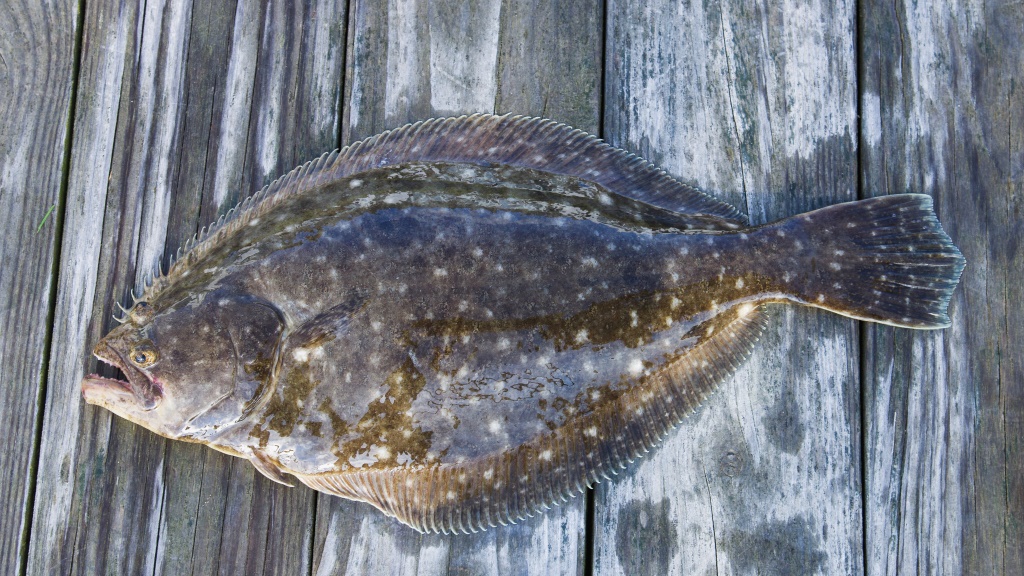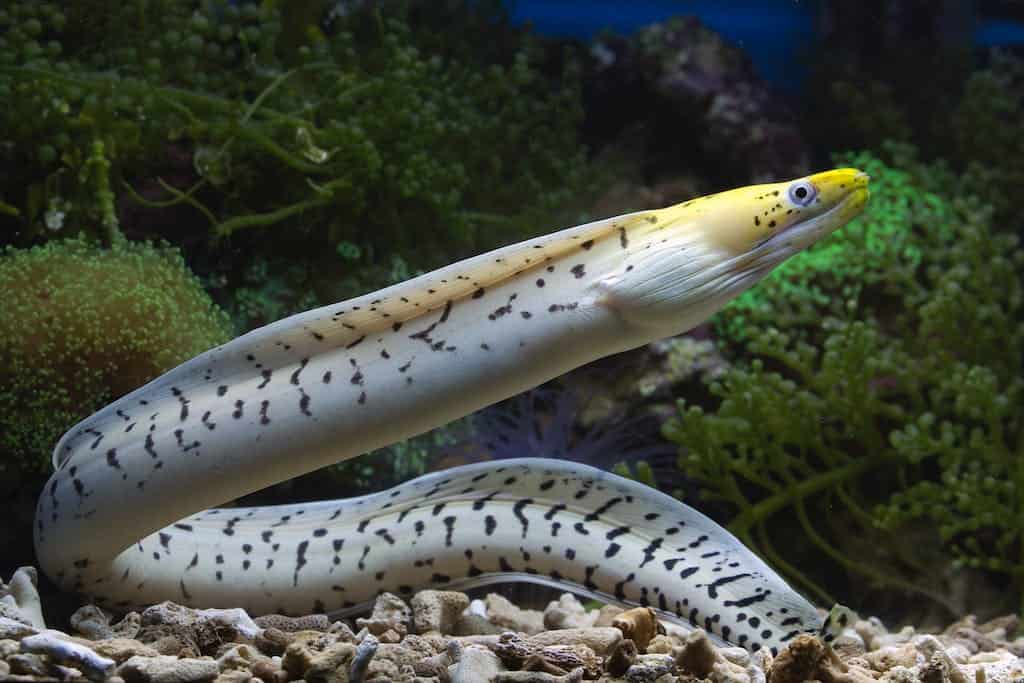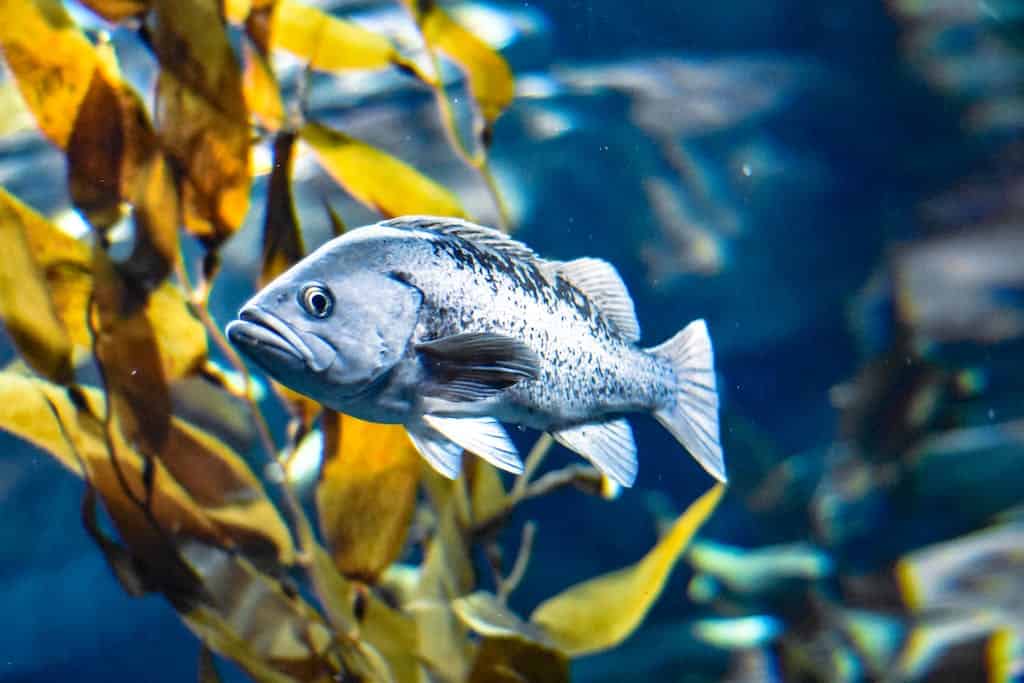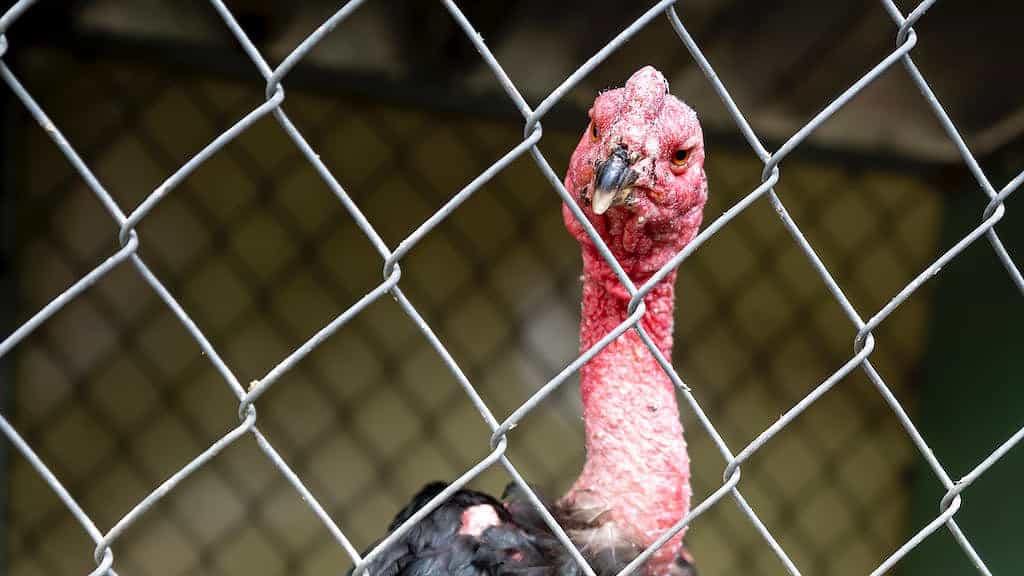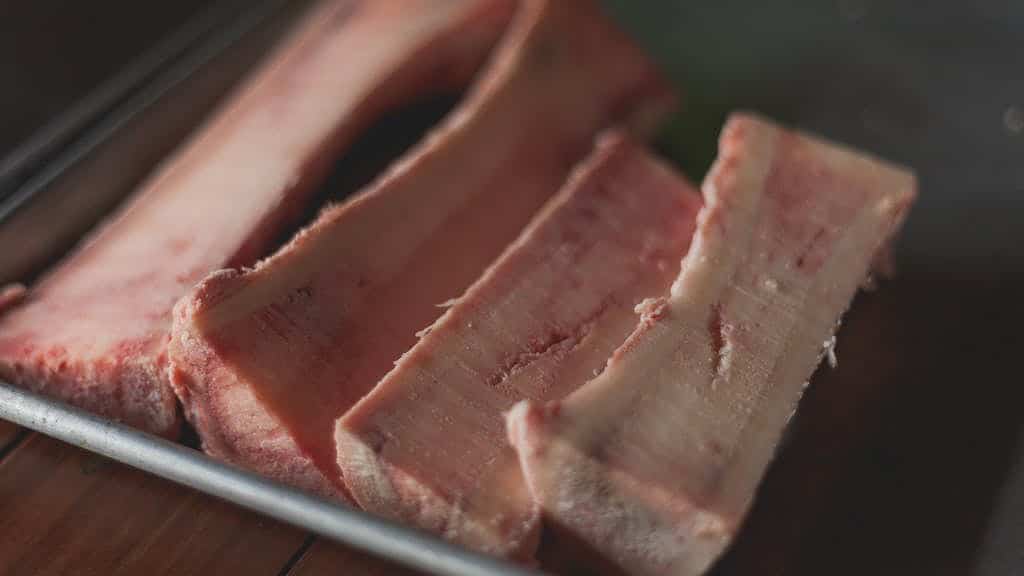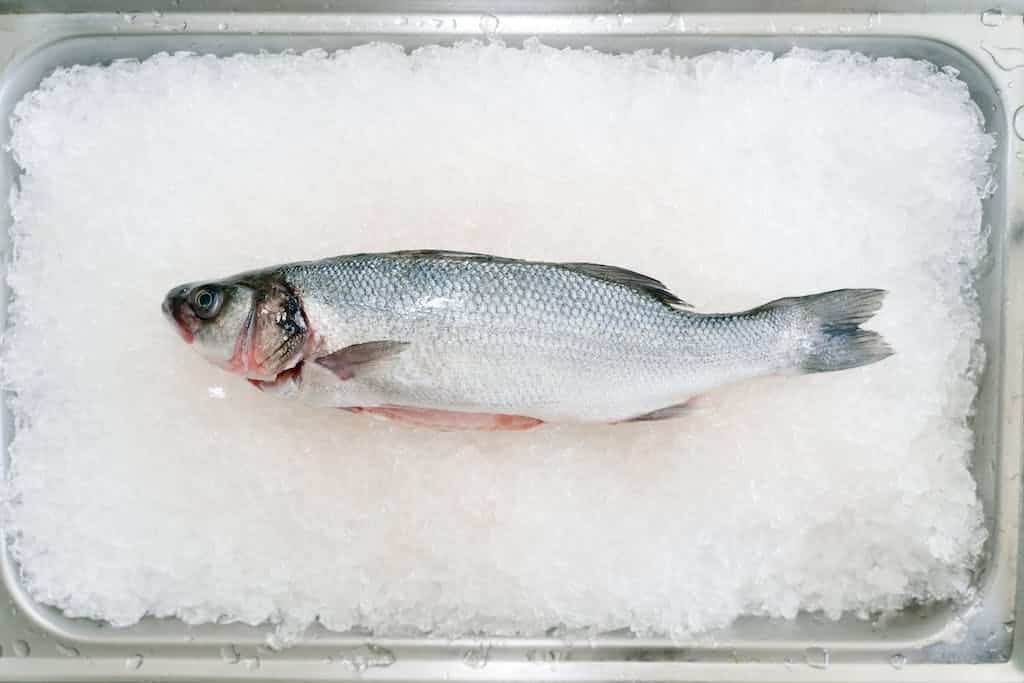Key Takeaways
- Dogs can eat flounder as it is a safe and nutritious seafood option for them.
- Flounder is rich in protein, omega-3 fatty acids, vitamins, and minerals, which can benefit dogs’ overall health.
- Ensure the flounder is cooked thoroughly, without any seasonings or additives that can be harmful to dogs.
- Introduce flounder gradually into your dog’s diet and monitor for any adverse reactions or allergies.
- Avoid serving flounder with bones to prevent choking hazards.
- Consulting with a veterinarian before including flounder or any new food in your dog’s diet is always recommended.
Summary
Can dogs eat flounder? Yes, dogs can eat flounder as long as it is prepared properly and served in moderation. Flounder provides several health benefits for dogs due to its rich protein and omega-3 fatty acid content. However, there are some precautions and considerations to keep in mind. This article dives deeper into the topic, discussing the nutritional value of flounder for dogs, potential risks, and proper cooking methods to ensure your furry friend can safely enjoy this fish. If you want to learn more about feeding flounder to your dog and want to ensure their overall well-being, this article is worth reading.

Can dogs safely consume flounder?
Dogs can indeed eat flounder as it offers various health benefits. Flounder is a lean fish that provides a good source of protein and essential nutrients like Omega-3 fatty acids, which promote healthy skin and coat. It is also rich in vitamins D and B12, phosphorus, and selenium, promoting strong bones and a healthy immune system.
However, it is crucial to prepare flounder for your dog in a dog-friendly manner. Remove the skin, bones, and ensure it is thoroughly cooked or steamed to eliminate the risk of parasites or bacteria. Seasonings like salt, spices, or oils should be avoided as they can upset your dog’s stomach.
The potential risks of feeding flounder to dogs
While flounder can be beneficial for dogs, there are still a few risks to be cautious about. Dogs with existing medical conditions, such as pancreatitis or allergies, should avoid fish or any new foods without consulting a veterinarian. Some dogs may be sensitive to fish and experience gastrointestinal upset, including symptoms like vomiting, diarrhea, or gas if introduced to flounder too quickly.
Moreover, the quality of the flounder matters. Low-quality or contaminated fish can contain harmful toxins, specifically mercury. Feeding your dog fish with high mercury levels over an extended period can lead to mercury poisoning. Therefore, it is important to source fresh and high-quality flounder from reputable suppliers.
When to introduce flounder to your dog’s diet
If you plan to incorporate flounder into your dog’s diet, it is advisable to introduce it gradually. Start with small portions to observe how your dog’s system responds. Monitor for any allergic reactions or gastrointestinal issues. If there are no adverse effects within 24-48 hours, you can continue incorporating flounder into your dog’s regular meals as an occasional treat or part of a balanced diet.
Benefits of flounder for dogs
Flounder can provide several advantages for dogs when consumed in moderation. The Omega-3 fatty acids found in flounder help reduce inflammation, benefiting dogs with arthritis or joint pain. These fatty acids also support brain development and cognitive function, particularly in puppies and senior dogs. Additionally, the high-quality protein in flounder aids in muscle growth, repair, and overall development.
Moreover, if your dog suffers from skin issues like dryness or itchiness, the healthy fats and oils in flounder can help improve their coat’s health and appearance. The essential nutrients present in flounder support a strong immune system, contributing to your dog’s overall well-being.
How to serve flounder to your dog
When serving flounder to your dog, it is best to remove the bones, skin, and any seasoning. Cook or steam the fish until it is thoroughly cooked to minimize the risk of parasites or bacteria, which can cause illness in dogs. Ensure the fish has cooled down before serving it to your dog, and break it into small, easily digestible pieces.
Remember that flounder should never be the sole component of your dog’s diet, as they require a diverse range of nutrients. It should be offered as an occasional treat or part of a balanced diet that includes other sources of protein, fruits, vegetables, and carbohydrates.
Seek veterinary advice
If you have any concerns or questions regarding feeding flounder to your dog, it is always best to consult your veterinarian. They can provide personalized guidance based on your dog’s specific dietary needs, health conditions, and potential allergies.
Recipes and Alternatives to flounder for dogs
Dogs should not eat flounder, as it contains high levels of mercury which can be harmful to their health. However, there are plenty of other safe and nutritious options for your canine companion:
- Salmon: A great source of omega-3 fatty acids, which promote healthy skin and coat.
- Turkey: A lean protein that provides essential amino acids for muscle growth and repair.
- Chicken: Rich in protein and low in fat, making it a healthy choice for dogs.
- Tuna: A good source of protein, vitamins, and minerals, but should be given in moderation due to its mercury content.
- Beef: A rich source of iron and B vitamins, which are important for energy and overall health.
Can Dogs Eat Flounder? – Frequently Asked Questions
1. Is flounder safe for dogs to eat?
Yes, flounder is generally safe for dogs to eat in moderation. It is a lean fish that is low in calories and rich in protein, omega-3 fatty acids, and various vitamins and minerals.
2. Are there any potential risks or concerns?
While flounder is safe for most dogs, there are a few considerations to keep in mind:
- Ensure the flounder is properly cooked, as raw or undercooked fish may contain harmful bacteria or parasites that can cause digestive issues.
- Remove all bones from the flounder before feeding it to your dog, as fish bones can pose a choking hazard or cause internal injuries.
- Some dogs may be allergic to fish, including flounder. If your dog has never had fish before, introduce it gradually and monitor for any signs of an allergic reaction, such as itching, swelling, or gastrointestinal upset.
3. Can dogs eat flounder skin?
Yes, dogs can eat flounder skin as long as it is thoroughly cooked. However, it is important to note that some dogs may have difficulty digesting fish skin, which can lead to gastrointestinal upset or pancreatitis. Monitor your dog’s reaction and consult with your veterinarian if you notice any digestive issues.
4. How should flounder be prepared for dogs?
When preparing flounder for your dog:
- Cook it thoroughly by baking, grilling, or steaming. Avoid using any seasonings, spices, or oils that may be harmful to dogs.
- Remove all bones, as they can be a choking hazard or cause internal injuries.
- Consider serving it plain or mixed with your dog’s regular food to avoid any sudden dietary changes that may upset their stomach.
5. How much flounder can dogs eat?
The amount of flounder your dog can eat depends on their size, age, and overall health. As a general guideline, flounder should only make up a small portion of your dog’s diet. It is recommended to consult with your veterinarian to determine the appropriate serving size based on your dog’s specific needs.
6. Can puppies eat flounder?
Puppies can eat flounder, but it should be introduced gradually and in small amounts. Their digestive systems are still developing, so it is important to monitor their reaction and consult with your veterinarian before adding flounder or any new food to their diet.
7. Are there any alternatives to flounder for dogs?
If you’re looking for alternative fish options for your dog, you can consider salmon, trout, or whitefish. These fish are also rich in omega-3 fatty acids and provide similar health benefits to flounder.
8. What are the benefits of feeding flounder to dogs?
Feeding flounder to dogs can offer several benefits:
- High-quality protein for muscle development and maintenance.
- Omega-3 fatty acids for healthy skin and coat, as well as reducing inflammation.
- Essential vitamins and minerals, including vitamin D, vitamin B12, selenium, and potassium.
- Low-calorie option for dogs on a weight management plan.
9. Can dogs with specific health conditions eat flounder?
While flounder can be a healthy addition to
Conclusion
In conclusion, dogs can eat flounder as long as it is properly cooked and served in moderation. Flounder is a lean fish that is rich in protein, omega-3 fatty acids, and essential nutrients. It can be a healthy addition to a dog’s diet, providing various health benefits such as improved skin and coat health, reduced inflammation, and enhanced brain function. However, it is important to remove all bones and ensure that the flounder is thoroughly cooked to avoid any potential health risks. Additionally, it is always recommended to consult with a veterinarian before introducing any new food into your dog’s diet to ensure it is suitable for their specific needs and health conditions.
📚 Sources:
